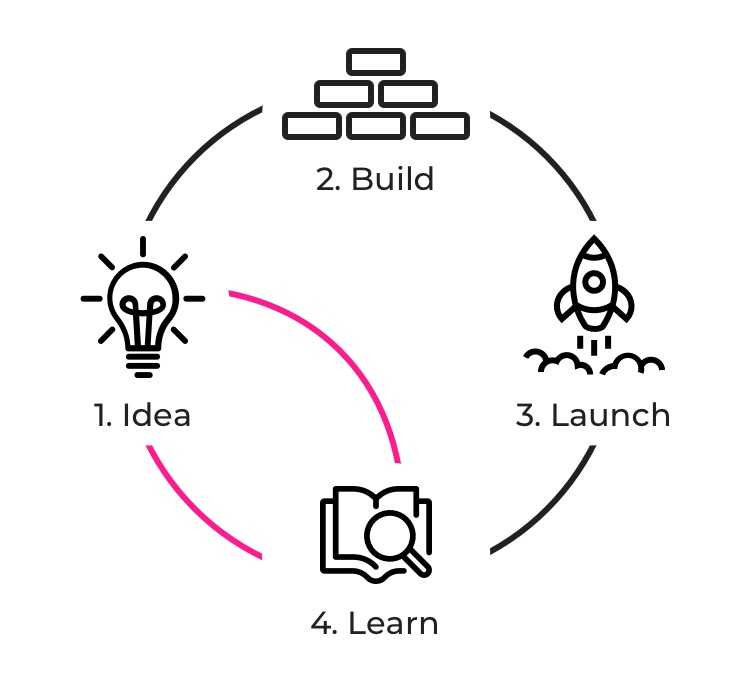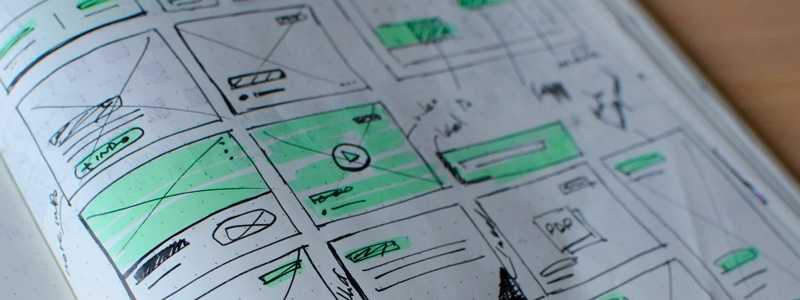How to run a successful Design Sprint
Statistics point out that by 2021 the total number of app downloads will reach a remarkable 258 billion. While this is impressive, most people end up using only a handful of apps on a regular basis. The question here is, how do you set yourself apart in such a competitive market? The answer is innovation. We want innovative digital products, and we want to build them faster. In order to keep up with the fast-paced digital world, we need to rethink the way we approach product design. Enter Design Sprints - a problem solving methodology that allows us to go from ideation to prototyping and testing in as little as 5 days. Impressive, right?
So what is a Design Sprint?
Most of you might be familiar with the “sprint” concept from Agile software development, where it refers to a set period of time during which specific work has to be done and submitted for review. Similarly, the Design Sprint is a timebox which concentrates the focus of the product team around a specific problem-solving goal.
The methodology was developed at GV (Google Ventures) as a way to help companies solve problems and test ideas fasters. Each Design Sprint consists of 5 distinct phases:
- Day 1: Understand
- Day 2: Sketch
- Day 3: Decide
- Day 4: Prototype
- Day 5: Validate
Set the Stage
The first step of the process is planning the sprint and laying the foundation for success. At this point it’s all about defining the challenge, selecting the right people and creating the proper environment for problem solving.
Define the challenge
An important and often overlooked part of setting the stage is defining the problem. Making sure everyone is on the same page and that the scope of the sprint is crystal clear will greatly increase the rate of success.
Put together the sprint team
The next thing we need to focus on is putting together a team of experts in different areas of the business. The nature of the required expertise might vary from project to project, but it is important to have a diverse skill set readily available for each step of the process. Ideally, your sprint team will be comprised of no more than 7 members.
Assign key roles
Two key roles that should be assigned are those of the Decider and the Facilitator. The Decider is the one who calls the shots when it comes to settling debates and making final decisions about what goes into the prototype. The Facilitator is responsible with managing the overall sprint by keeping the team energized and ensuring everything goes as planned.
Prepare the environment
Lastly, a suitable work-environment should be prepared for the week that follows. We want the team to focus on the challenge rather than dealing with administrative duties. This means booking a sprint room for the week, preparing the right equipment and providing necessary office supplies. That being said, don’t skimp on sticky notes. Now that the stage has been set, it’s time to kick off the sprint.
1. Monday: Define the Challenge
Monday is about choosing the target for the sprint and further defining the challenge. We want to make sure everyone involved in the process is on the same page and understands the problem and the purpose for solving it. The team needs to agree on a long-term goal and create a map of potential risks and challenges that might arise in the process. We want sprinters to play a game of “good cop, bad cop” in order to define the happy path and highlight the desired outcome without overlooking possible adversities. Simply put, what we want is to map out the problem, paving the way for the following days. Next, the focus should be on creating a shared vision and knowledge base among team members. Given the tight deadline the team is facing, it is important to prioritize and organize information so as to avoid wasting time and effort throughout the sprint.
2. Tuesday: Find Solutions
While Monday was about the challenge, Tuesday is all about the solutions. This stage of the sprint is basically an ideation-driven process of sketching out possible solutions. Each team member contributes by roughly sketching his/her ideas on sticky notes and then submitting them anonymously. The purpose is to generate a broad range of ideas and then to narrow them down into actual solutions that will become the building blocks of the prototype.
3. Wednesday: Make Decisions
Wednesday is dedicated to decision making. Now that we have sketched our way to a pool of ideas, it’s time to discuss and evaluate. The team goes through each and every sketch, discussing and remixing ideas until solutions begin to take shape. Once the winning ideas take surface, the next step is creating a storyboard. This stage is meant to provide a step-by-step plan for prototyping.
4. Thursday: Prototype
On Thursday the team works on turning the storyboard into a realistic, testable prototype. We want to include just enough detail so as to convey the main idea and features. Given that the final result will be put in front of real customers on Friday, we want the right amount of fidelity to ensure we get the best results from testing. This step of the process also includes getting ready for the following day, meaning that we want to review the prototype, confirm the schedule and prepare the interview scripts for the testers.
5. Friday: Test
On Friday it’s time to put our ideas to the test. By now we should have a tangible prototype ready to be tested with real customers. The process involves conducting 1:1 interviews with 5 users, either in person or remotely. By observing how they interact with our prototype, we’ll be able to get immediate, authentic feedback, allowing us to understand what works and what doesn’t. This valuable information is going to save us a lot of time and resources in the long run. Friday’s results will set the direction for the product and will reveal our next step in the process.

Conclusions
Design Sprints provide a framework for sketching, prototyping and testing any digital product lightning fast. The final prototype might not be readily available for development, but it does allow us to understand what works and what doesn’t in a short amount of time. Investing 5 days into testing an idea will provide actionable insight and will eventually save you a lot of time and resources. This is one of the quickest ways to innovate and validate your ideas while reducing the risks commonly associated with product design.


